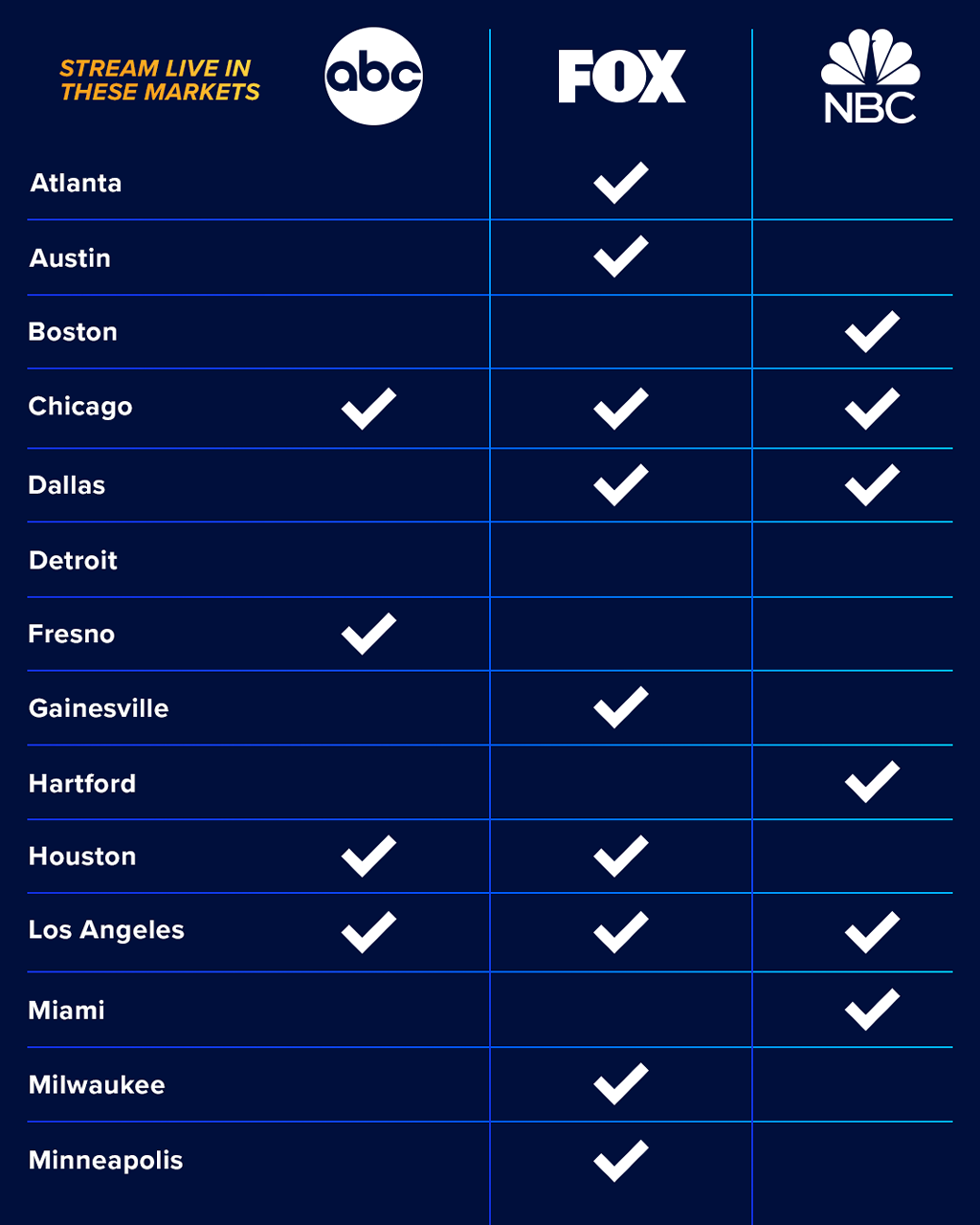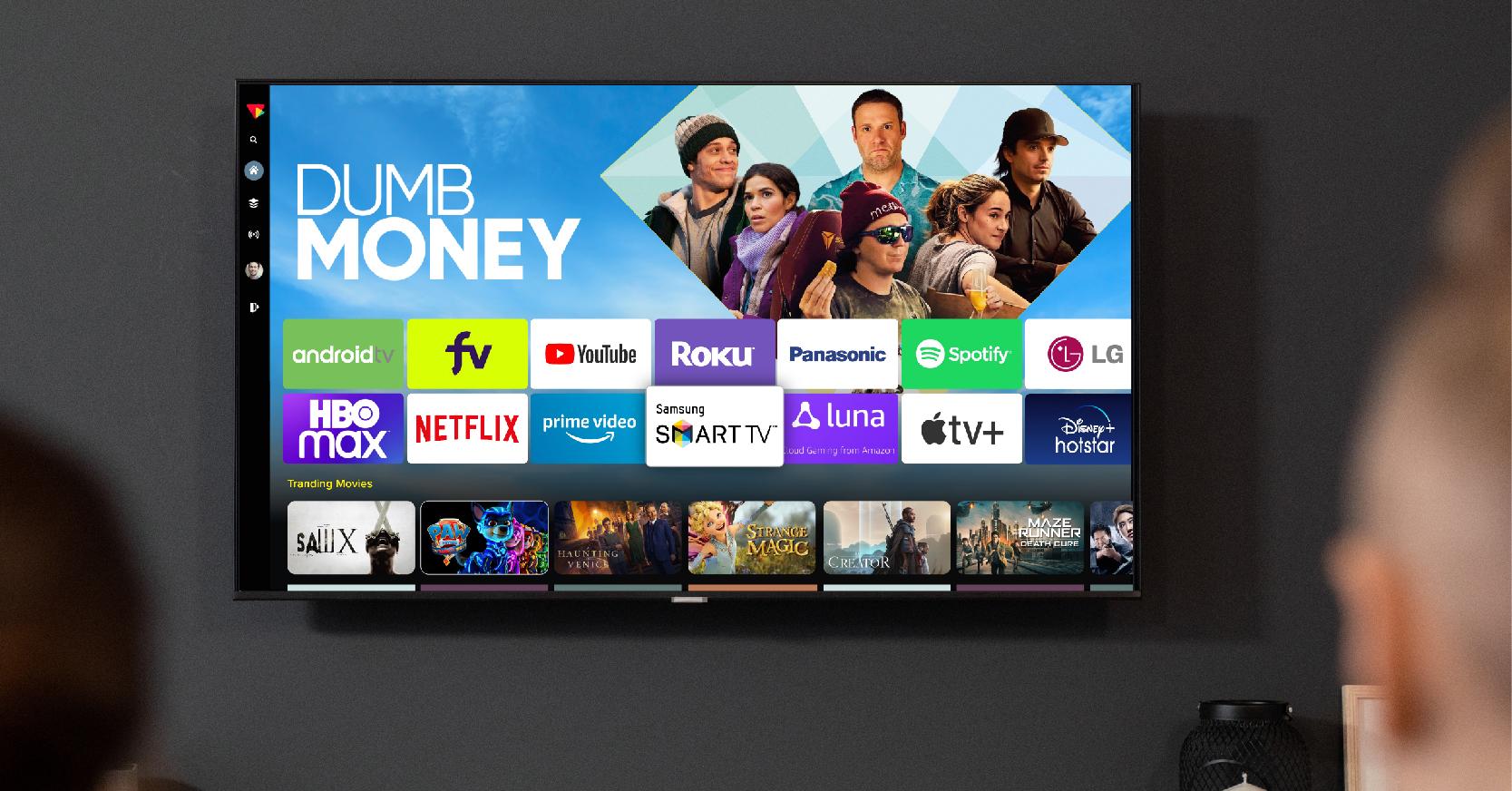The Single Strategy To Use For Apollo Group Tv
The Single Strategy To Use For Apollo Group Tv
Blog Article
All About Apollo Group Tv
Table of ContentsIndicators on Apollo Group Tv You Should Know8 Easy Facts About Apollo Group Tv ExplainedIndicators on Apollo Group Tv You Should KnowThe Best Strategy To Use For Apollo Group Tv
In this circumstance, instead of having three-minute industrial areas during a 30-minute tv program, television programs may change to one where a consumer will certainly be called for to have a monthly subscription, so that they cen view targeted banner advertisements. This kind of advertising currently takes place on the internet, and the quantity of data television companies gather allows them to do a lot the exact same.Describe the major fads amongst the broadcasting and cord networks. Popular radio shows such as authorities dramatization Dragnet and western cowboy collection Gunsmoke were adapted for television, and new TV programs were funded by single marketers, just as radio shows had been.
Today, the television industry is even more complicated. Programs are funded by multiple marketers; programs is managed by significant media empires; and the 3 major networks no more dominate the airwaves yet rather share their customers with many wire channels. A number of factors represent these trends within the industry, including technological growths, federal government regulations, and the creation of brand-new networks.

Apollo Group Tv Fundamentals Explained
Even public television has actually become based on the impact of advertising. Developed in 1969, (PBS) established out of a record by the Carnegie Compensation on Educational Tv, which examined the function of educational, noncommercial tv on society. The record advised that the government money public television in order to supply variety of programming during the network eraa service developed "not to market products" however to "enhance citizenship and civil service (McCauley, 2003)." Public tv was also meant to give global access to television for viewers in rural areas or audiences who could not manage to pay for personal tv services.
The period in between 1950 and 1970 is traditionally acknowledged as the. Apart from a little portion of airtime controlled by public television, the 3 major networks (referred to as the Big 3) dominated the tv market, collectively representing greater than 95 percent of prime-time viewing. In 1986, Rupert Murdoch, the head of international firm Information Corp, introduced the Fox network, testing the prominence of the Big 3.
Targeting young and minority audiences with programs such as Buffy the Vampire Killer, Moesha, Dawson's Creek, and The Wayans Bros., the new networks wished to draw terminals far from their old network associations. Nevertheless, instead than duplicating the success of Fox, UPN and WB struggled to make an influence. Incapable to bring in numerous affiliate stations, both recently established networks got to less houses than their bigger competitors due to the fact that they were inaccessible in some smaller cities.
This choice led the means for the development of cable motion picture channels, adding to the rapid see development of cable in the 1980s and 1990s. apollo group tv. Further deregulation of cord in the 1984 Cable Communications Policy Act eliminated constraints on cable prices, allowing drivers to charge what they desired for wire services as long as there was efficient competition to the solution (a requirement that over 90 percent of all cord markets can fulfill)
The 7-Second Trick For Apollo Group Tv

Having developed the first "superstation," Turner increased his world by starting 24-hour news network CNN in 1980. At the end of the year, 28 national programs solutions were readily available, and the cable television change had started. Over the following decade, the sector underwent a period of fast development and appeal, and by 1994 visitors might pick from 94 standard and 20 costs cable solutions.
Number 9 - https://www.storeboard.com/apollogrouptv7.16 Enhanced competition from cable channels has caused a consistent decline in the networks' target market rankings. During the 1950s, the expense of producing a single tv show boosted as programs became longer and manufacturing prices soared. Sponsorship on network tv shifted from solitary sponsorship, in which a program was completely supported and produced by one marketer, to numerous sponsorship, in which advertisers acquired 1- or 2-minute areas on the show
Select one of the Big Four networks and publish out its once a week programming routine. Enjoy the network's prime-time programs over the training course of a week, noting the target market for each show.
The 3-Minute Rule for Apollo Group Tv

Direct Television, usually referred to as conventional program Television, includes cord and satellite tv., assume of it as the timeless way of enjoying Television that has actually been around for decades.
Report this page